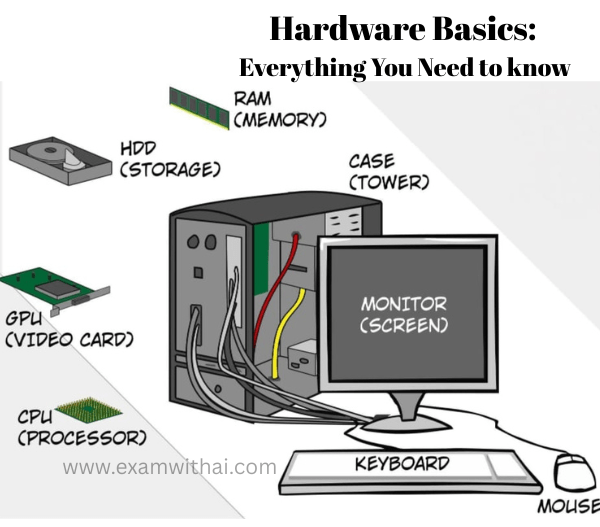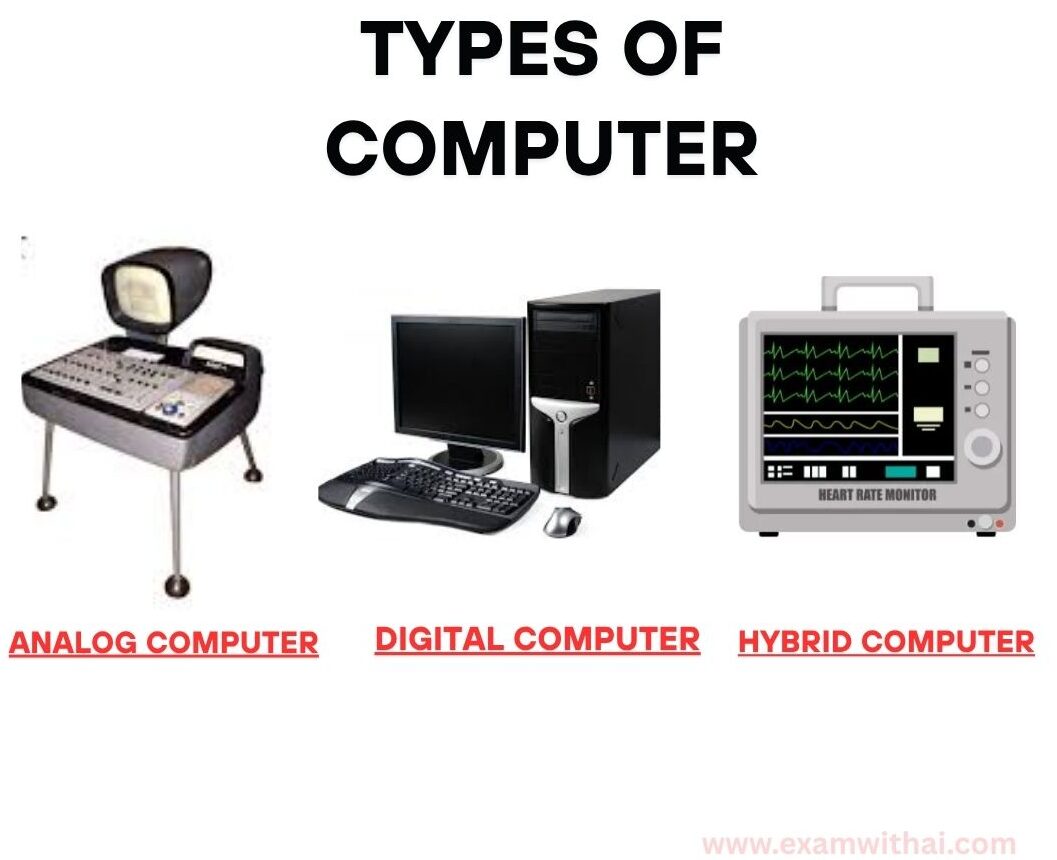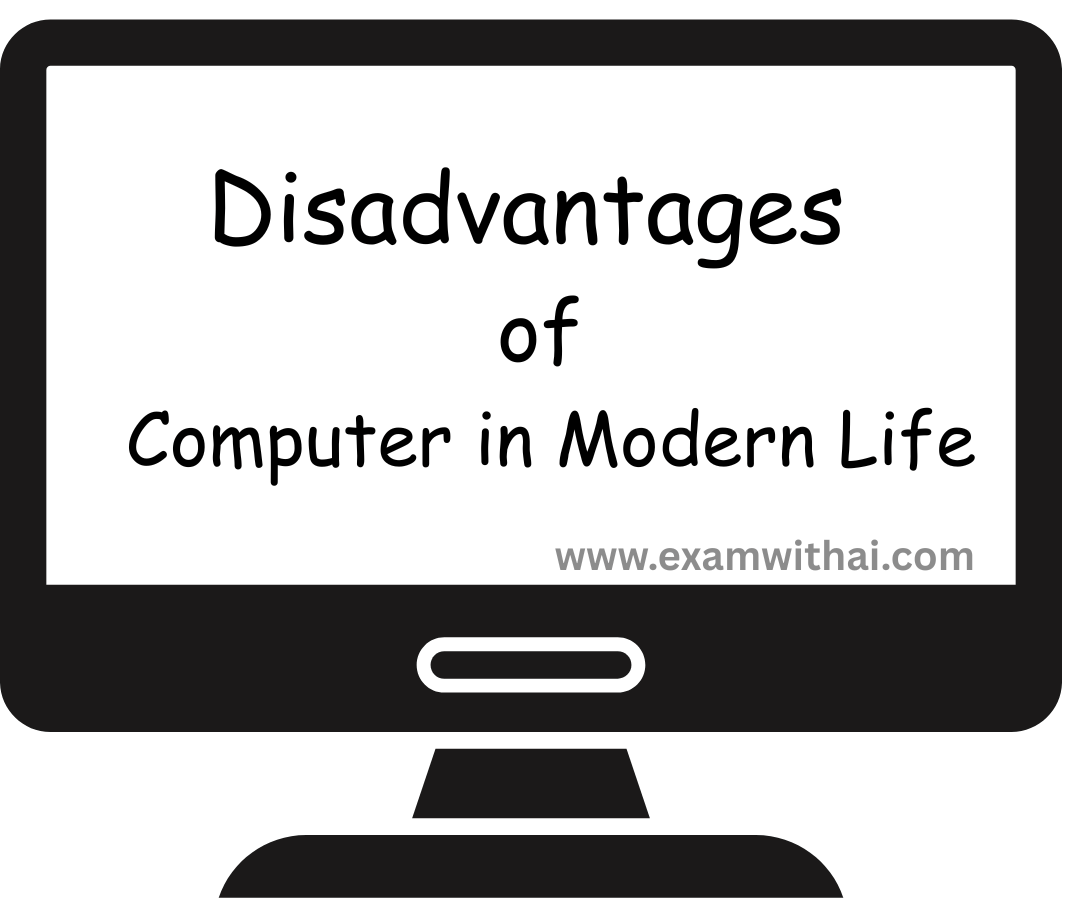Find the Best OS for Your Phones and Tablets
A mobile operating system is an operating system for phones, tablets, smartwatches, or other mobile devices. It’s specifically designed for mobile devices such as mobile phones, smartphones, PDAs, tablet computers, and other handheld devices.
Specialized operating systems (OS) for mobile phones and tablets are made to maximize portability, performance, and battery life.
Here are the most popular operating systems for mobile phones and tablets:
Best OS for Mobile Phone
- Apple iOS
- Google android
Google Android
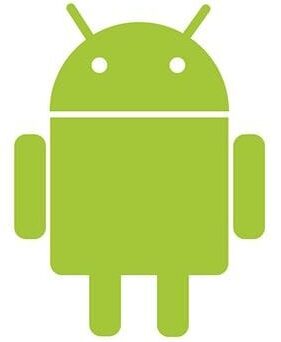
Developer: Google
Market Share: The most widely used mobile operating system globally.
Devices: Found on a wide range of devices from various manufacturers like Samsung, Google, Xiaomi, Huawei, and more.
Features:
- very adaptable user interface.
- access to applications on the Google Play Store.
- platform that is open-source yet has some proprietary components.
- accommodates a wide range of hardware.
- Frequent security fixes and upgrades.
- Google Drive, Maps, Assistant, and other integrated Google services.
- Supported device types include tablets, smartphones, Wear OS wearables, and more.
Apple iOS
Developer: Apple Inc.
Market Share: The second most widely used mobile OS, especially dominant in North America and Europe.
Devices: Exclusively used on Apple devices like the iPhone, iPad, and iPod Touch.
Features:
- a really well-designed and efficient user interface.
- The Apple App Store is accessible.
- frequent, consistent security fixes and upgrades.
- smooth interaction with other Apple devices, such as MacBooks, Apple Watches, and Apple TVs.
- strong emphasis on security and privacy.
- For voice help, use Siri.
- Improved battery life and performance through greater hardware and software integration.
Best OS for Tablets
- iPadOS
iPadOS
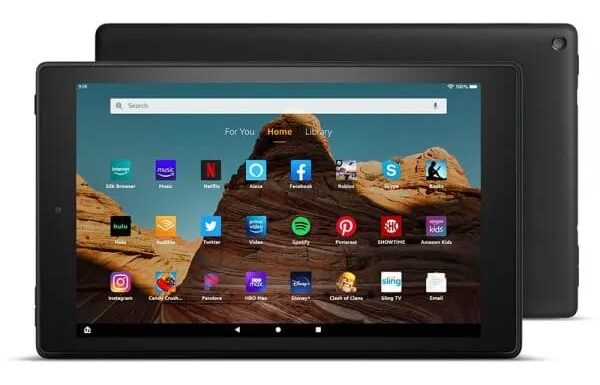
Developer: Apple Inc.
Market Share: Used specifically on Apple’s tablets (iPad, iPad Pro, iPad Air).
Features:
- an improved version of iOS designed specifically for tablet use.
- For increased efficiency, use features like drag-and-drop, split view, slide-over, and multitasking.
- access to tablet-optimized software from the Apple App Store.
- strong support for keyboard attachments and the Apple Pencil.
- compatibility with other Apple services and products.
- regular iOS-aligned software upgrades.
HarmonyOS
Developer: Huawei
Market Share: Growing, particularly in China and some other markets.
Devices: Primarily used on Huawei and Honor devices, including smartphones, tablets, smart TVs, and wearables.
Features:
- created as a cross-platform operating system that works with tablets, smartphones, and Internet of Things (IoT) gadgets.
- Pay attention to smooth device connectivity.
- integrated Huawei ecosystem and services (Huawei Mobile Services).
- a thin operating system designed for optimal performance.
Windows 10 Mobile (discontinued)
Developer: Microsoft
Market Share: Almost negligible today.
Devices: Initially used on smartphones (Lumia series, HTC, and others).
Features:
Also Read:
Best OS for Your Desktop and Laptop
What is Operating system
Click here to know about: CCC Course
- created to provide a consistent experience across PCs, tablets, and smartphones.
- Microsoft services (Office, Outlook, and Cortana) are integrated.
- Microsoft Store for applications.
- interface for Live Tiles.
- The platform is no longer being actively developed, and support has been discontinued since December 2019.
KaiOS
Developer: KaiOS Technologies
Market Share: Popular in some emerging markets, particularly in feature phones.
Devices: Used on feature phones (e.g., Nokia feature phones, JioPhone).
Features:
- An operating system that is web-based and lightweight.
- supports Google Assistant, YouTube, Facebook, and WhatsApp, among other apps.
- focuses on giving feature phones intelligent features.
- integration with Google services, such as Maps and Assistant.
- operates on gadgets with constrained hardware.
Fire OS
Developer: Amazon
Market Share: Primarily used on Amazon devices like Kindle Fire tablets and Fire Phone (discontinued).
Devices: Kindle Fire tablets, Fire TV.
Features:
- Though highly modified to concentrate on Amazon’s ecosystem, it is based on Android.
- strong connection to Amazon services, including Prime Video, Alexa, and the Amazon Appstore.
- restricted access to the Google Play Store; instead, the Amazon Appstore is used.

